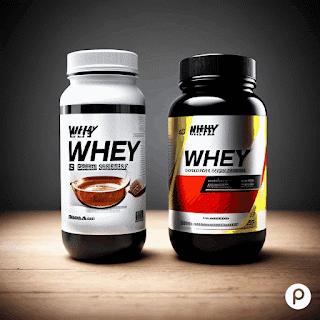
Whey Protein: Benefits and Usage
Whey protein is a byproduct of the cheese-making process. It is a complete protein, containing all nine essential amino acids required for repairing muscles, bones, and organs.
Benefits of Whey Protein
- Weight loss
- Reduced triglyceride levels
- Increased muscle mass
- Enhanced athletic performance
- Improved immune function
- Lower total cholesterol while raising good cholesterol (HDL)
When to Use Whey Protein
Use whey protein as a snack during the day or after a workout. If consumed as a snack, combine it with healthy fats like nuts or fish oil to slow digestion and keep you feeling full longer. Post-workout, take whey protein within 30-60 minutes to aid muscle recovery.
How to Use Whey Protein
The way you use whey protein depends on your goals:
- For weight loss: Mix the protein powder with vegetables, fruits, healthy fats, and a base liquid like milk or water to create a "super shake."
- For muscle recovery: Consume whey protein before and after workouts. Pre-workout consumption helps prevent muscle breakdown, and post-workout protein enhances recovery.
Types of Whey Protein
There are three main types of whey protein:
- Isolate: Processed to remove lactose and fat, making it high in protein (90% or more).
- Hydrolysate: Pre-digested for easier absorption and faster recovery.
- Native Whey: The purest form, extracted directly from skimmed milk rather than as a byproduct of cheese-making. It contains minimal fat, bioactive compounds, and lactose.
Potential Side Effects
Though whey protein is generally safe, excessive consumption can lead to digestive issues such as fatigue, headaches, cramps, gas, and bloating. To avoid health risks, consume moderate amounts, and consult with a healthcare provider if needed.

No comments:
Post a Comment